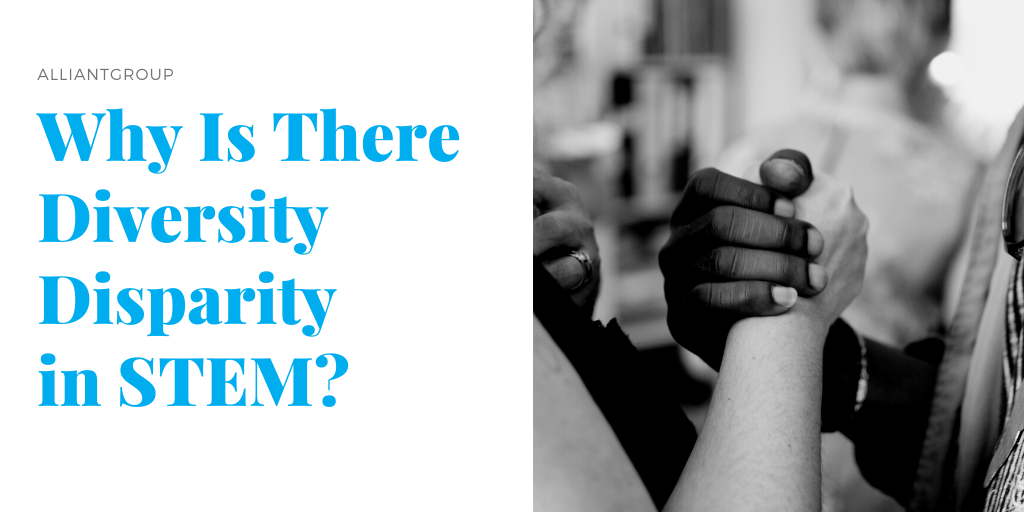Countless organizations, non-profits, and community events have come together to bridge disparity gaps in STEM education and the wider STEM industry. However, these gaps persist, with girls and black and Hispanic students studying and pursuing STEM less frequently than their male and white counterparts. With all of the effort made to encourage diversity in STEM, why, then, has this disparity remained?
Pervasive Stereotypes
Despite studies that have debunked stereotype myths, those myths continue to impact the minds of people everywhere. One such myth, one that you’ve likely heard of or encountered, is that girls are not biologically equipped for STEM subjects like boys are. These myths continue taking root because of slight variations in performance. For instance, a UK study found that girls outperform boys in STEM classwork, but have worse performance on tests than their male peers. However, this differentiation was caused by higher test anxiety in girls than boys, which impacted results.
Social Belonging
This psychological trend is particularly pervasive in teens, resulting in them pursuing subjects and activities that have stereotypical connections to their respective genders. It’s partly why we see so many female educators and male mechanics. And, it’s why white men are “most likely to report a sense of belonging” when exploring STEM disciplines, with women of color being least likely. The study reporting this, published in the International Journal of STEM Education, featured four factors that contributed to the sense of belonging:
- Interpersonal relationships
- Perceived competence
- Personal interest
- Science identity
From the study, it seems that there’s a cycle of sorts, with stereotypes causing diverse STEM students and professionals to feel less competent and confident, thus causing the stereotypes to persist.
Different Focal Points
Studies by Pew Research Center found that black professionals in STEM industries are “far more likely than their white counterparts to say racial and ethnic diversity in the workplace is extremely or very important,” with a difference of 35% separating the two. Because the values of diverse employees are bound to differ, this implies that industries less adept at accommodating certain needs will continue to suffer from diversity gaps.
All that being said, what can we do to help? At alliantgroup, we began our Blue Heart Fund to give back to the Houston community, offering scholarships to STEM students from diverse backgrounds as they pursue fulfilling careers. Learn more about how you can apply or help promote STEM education at our website!

